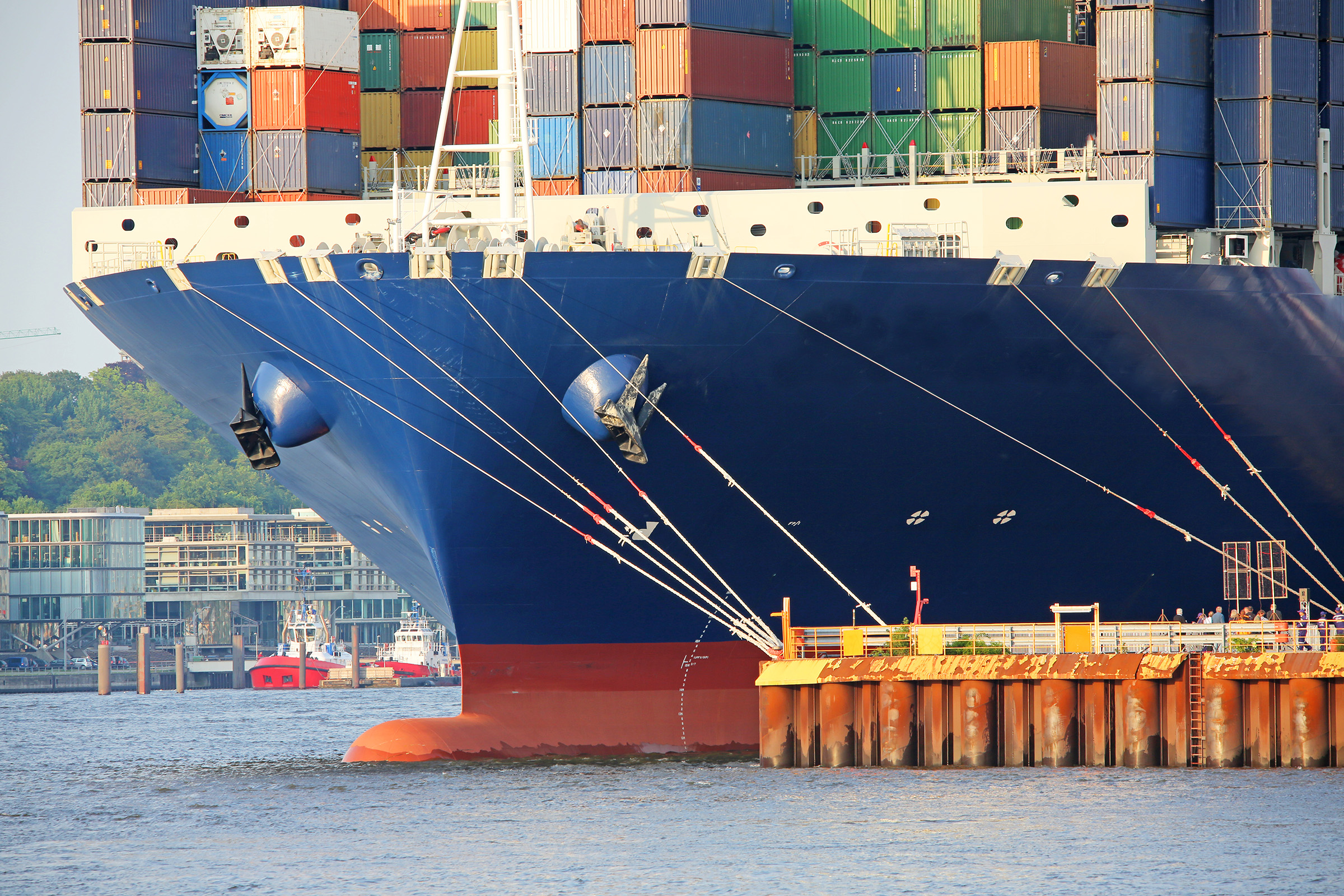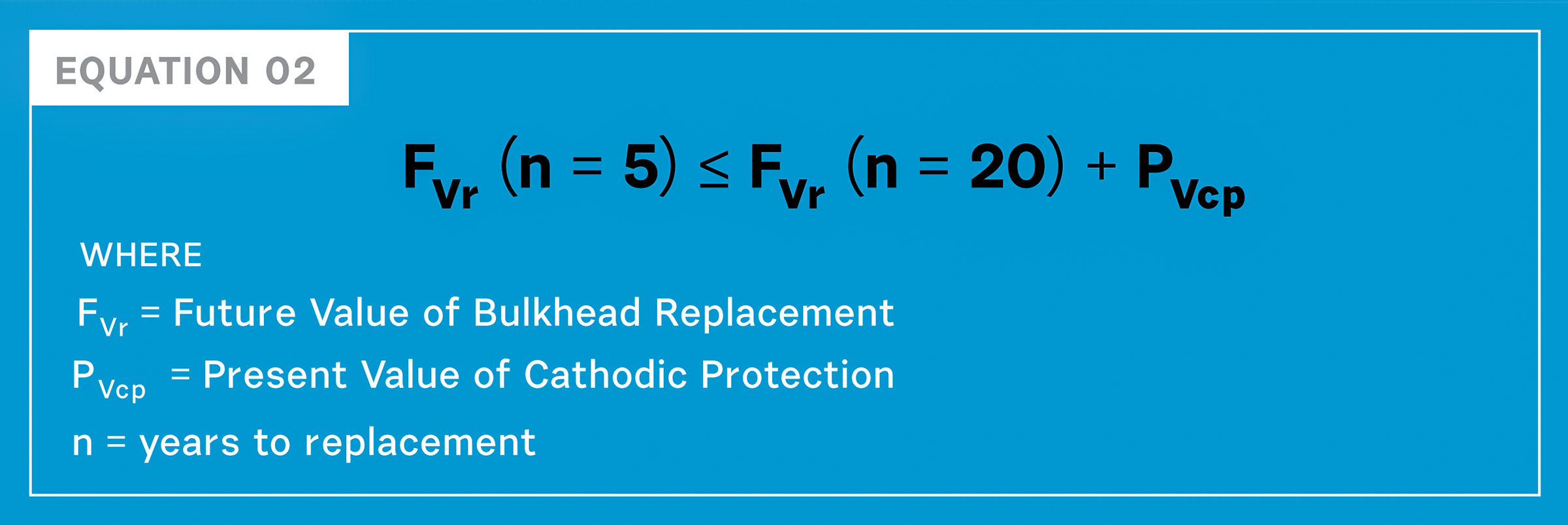Repair or Replace: Bulkhead Maintenance in Waterfront Facilities

Bulkhead maintenance and replacement can mean big dollar signs for our waterfront facilities, making their design, material selection, construction, and potential repairs a hot topic among port managers. Given the role of the bulkhead in supporting port operations, maintaining these structures and preserving their useful life is a priority. So how does a port manager effectively plan for the maintenance and longevity of their bulkheads?
The answer relies on engineering consultation weighing the financial pros and cons of various maintenance and replacement options. One such option is the installation of a cathodic protection system to extend the life of the bulkhead, and its viability involves evaluating the structural integrity of the bulkhead to determine which has better ROI – extending the bulkhead life through cathodic protection or simply replacing the bulkhead before it reaches a point of structural instability. To express this mathematically:
 The remaining lifespan of the bulkhead can be determined by either assuming a typical corrosion rate of steel in seawater (typically 0.025 to 0.04 mm/year) or by examining inspection records to determine the actual rate of corrosion at this location. With that information, we can determine critical section modulus at which the bulkhead will fail and predict the remaining life of the bulkhead.
The remaining lifespan of the bulkhead can be determined by either assuming a typical corrosion rate of steel in seawater (typically 0.025 to 0.04 mm/year) or by examining inspection records to determine the actual rate of corrosion at this location. With that information, we can determine critical section modulus at which the bulkhead will fail and predict the remaining life of the bulkhead.
Theoretically, a well-designed cathodic protection system will negate any corrosion. It would be prudent, however, to assume a small amount of corrosion will continue; perhaps 20 percent of the current rate of corrosion. This means that while we can extend the life of the bulkhead, it is at the added cost of the installation of the cathodic protection system. The critical section modulus at which the bulkhead will fail remains the same, but the time it takes to reach that point is extended – and may be worth the investment.
The design of a galvanic cathodic protection system is a straightforward process based on the seawater resistivity, area to be protected, type of anode, and desired life of the CP system. By obtaining these values, a plan of the size, distribution, and lifespan of the cathodic protection system can be determined, which can in turn be used to determine an installation cost.
The cost of bulkhead replacement is also a straightforward exercise based on historical data. If the time to replacement of the bulkhead with a cathodic protection system is determined, we will have all of the elements to balance equation 1 and determine if the installation of a cathodic protection system can be cost justified.
If the decision is between replacing the bulkhead in the near future or installing the cathodic protection system and replacing it at a later date, then the first equation can simply be modified for two use future values. For example, assuming the decision is to either replace the bulkhead in five years without installing cathodic protection, or in 20 years with a cathodic protection system, the equation would now be:
 This process should be a relatively uncomplicated series of calculations. Assuming there is data to determine the thickness of the existing sheet pile, and that the existing drawings are accurate, the only missing information is the seawater resistivity. A series of ‘what-if’ scenarios could also be conducted by varying the number of years toward bulkhead replacement and also the lifespan of the cathodic protection systems.
This process should be a relatively uncomplicated series of calculations. Assuming there is data to determine the thickness of the existing sheet pile, and that the existing drawings are accurate, the only missing information is the seawater resistivity. A series of ‘what-if’ scenarios could also be conducted by varying the number of years toward bulkhead replacement and also the lifespan of the cathodic protection systems.
As with any asset, the decision to repair or replace is fundamentally a financial one. Weighing the cost/benefit scenario through a structured approach can provide a port facility manager with sound rationale to guide that decision and support the efficient operation of their waterfront facility.
Dave Pryor, PE, previously led our Waterfront practice, specializing in marine structures, coastal engineering, shipbuilding, and management. He left the firm in 2023.